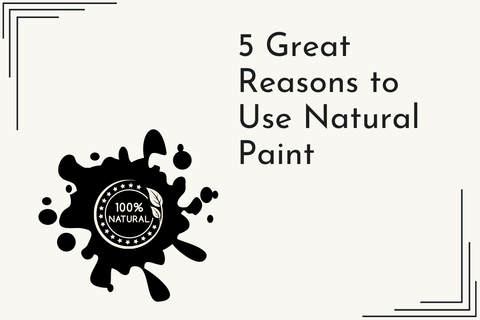If you are looking to give your exterior walls a fresh coat of paint, you may be wondering what type of paint is the best for the job. With so many options available, it can be difficult to know where to start. In this blog post, we will discuss the different types of exterior wall paints and help you choose the right one for your needs.
Types of Exterior Wall Paint
There are several types of exterior wall paints available in the market. These include acrylic paint, oil-based paint, water-based paint, and textured paint. Each type of paint has its own set of advantages and disadvantages, which we will discuss in detail.
Acrylic Paint
Acrylic paint is a popular choice for exterior walls as it is durable, flexible, and can withstand harsh weather conditions. It dries quickly, is easy to clean, and has low VOC (volatile organic compound) content, making it a user-friendly option. However, it may not adhere well to surfaces that have been previously painted with oil-based paint.
Oil-based Paint
Oil-based paint is known for its durability and ability to provide a smooth finish. It is water-resistant and provides excellent coverage, making it a good choice for older buildings. However, it takes longer to dry than other types of paint, emits strong odours, and has a high VOC content.
Water-based Paint
Water-based paint is an eco-friendly option that dries quickly and has low VOC content. It is easy to clean and provides good coverage. However, it may not be as durable as other types of paint, and may not adhere well to surfaces that have been previously painted with oil-based paint.
Textured Paint
Textured paint is a type of paint that contains sand or other materials that give it a textured finish. It is a good choice for covering up imperfections in the wall and can provide good insulation. However, it may not be as durable as other types of paint, and may be difficult to apply evenly.
Choosing the Right Paint for Your Exterior Walls
When choosing the right paint for your exterior walls, it is important to consider factors such as the age and condition of the building, the climate in your area, and the look you want to achieve. If you are unsure which type of paint is best for your needs, consult with a professional.
In conclusion, the best type of exterior wall paint depends on your specific needs and preferences. Acrylic paint is a good choice for its durability and user-friendliness, while oil-based paint is known for its smooth finish and water resistance. Water-based paint is a good eco-friendly option, while textured paint can cover up imperfections and provide good insulation. Ultimately, the choice is yours. We hope this post has helped you make an informed decision.
Explore our range of natural paints:
No, interior wall paint is not suitable for exterior walls as it is not designed to withstand the harsh weather conditions and UV exposure that exterior walls are subjected to.
It depends on the type of paint already on the walls. If the old paint is in good condition and the new paint is of the same type, then it may be possible to apply new paint over old paint. However, if the old paint is peeling or flaking, it should be removed before applying new paint.
The frequency of repainting your exterior walls depends on factors such as the climate in your area, the type of paint used, and the condition of the walls. In general, you may need to repaint every 5-10 years.
Yes, you can paint over stucco or concrete walls. However, it is important to choose a paint that is specifically designed for masonry surfaces.
Before painting its best to prep the walls, the area should be cleaned, repaired, and primed. Any loose or peeling paint should be removed, and the walls should be sanded smooth. Any cracks or holes should be filled with a suitable filler.
The drying time of exterior wall paint depends on factors such as temperature and humidity. In general, it may take 24-48 hours for the paint to dry completely.
Flat paint has no sheen and provides a matt finish. Satin paint has a slight sheen and provides a smooth finish. Glossy paint has a high sheen and provides a reflective finish. The choice of finish depends on personal preference and the look you want to achieve.
You can paint your own exterior walls if you have the necessary skills and equipment. However, hiring a professional may ensure a better finish and save you time and effort.
The best time to paint exterior walls is during dry and mild weather conditions. It is best to avoid painting in extreme heat or cold, or when there is a risk of rain.




